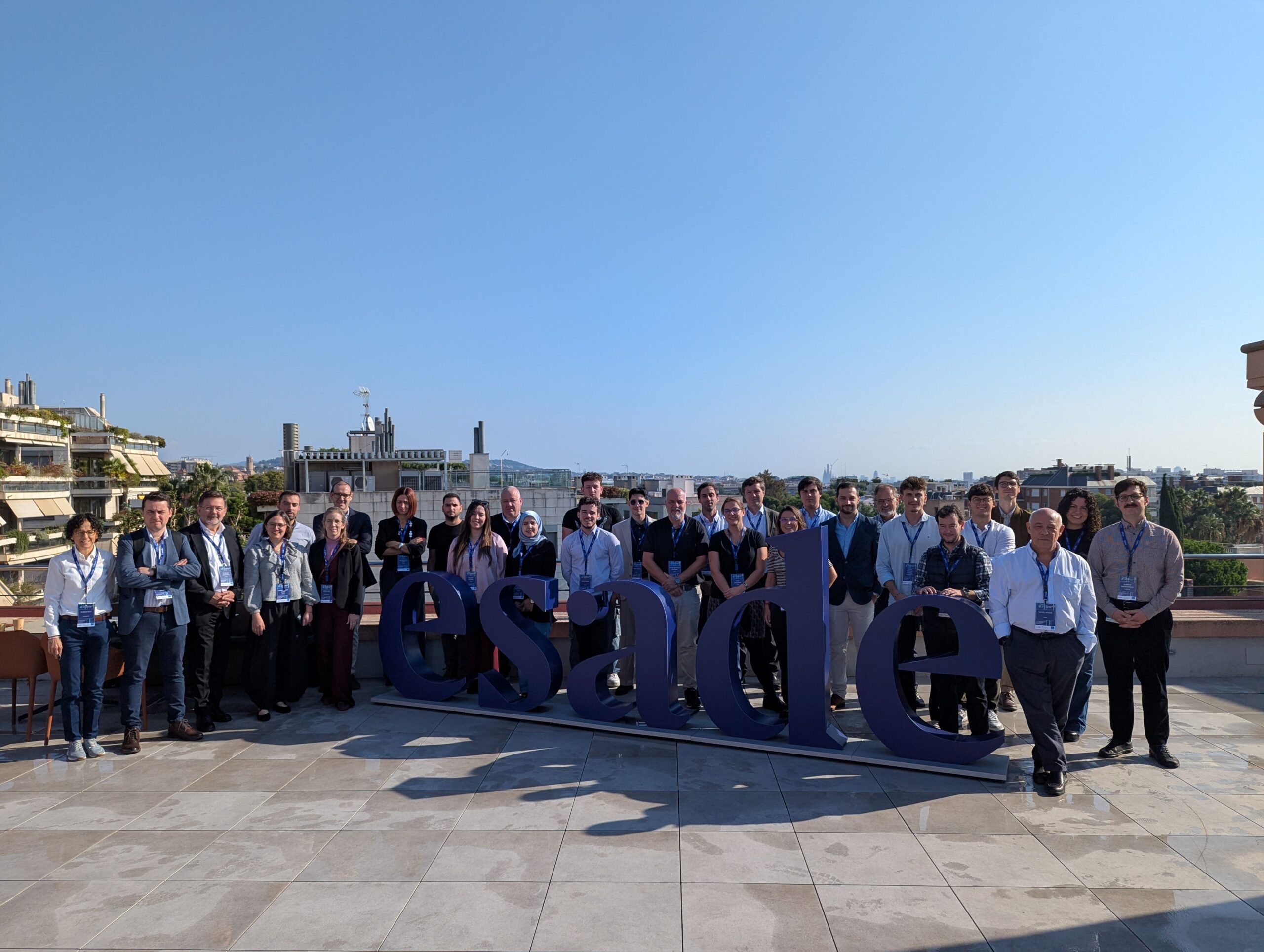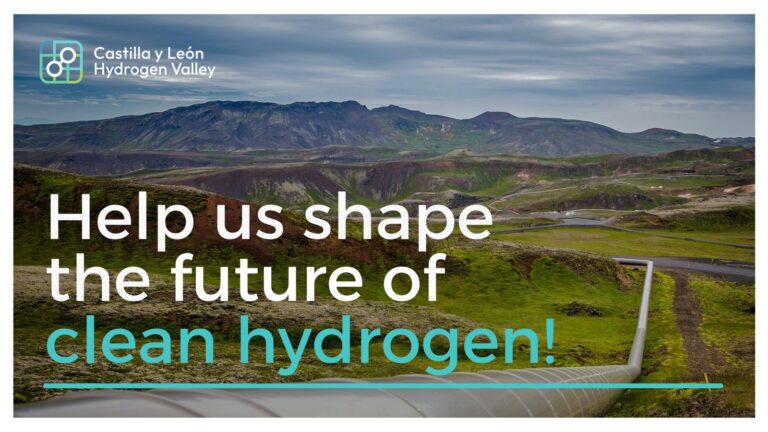Hosted by project partner ESADE, the two-day meeting brought together organisations from across Europe to discuss achievements across the project’s technical, industrial, and communication work packages.
Key highlights included the completion of the project management framework and an updated Hydrogen Valley model, which now targets 140 MW of electrolysis capacity and more than 19,000 tonnes of renewable hydrogen per year. As Ismael Lozano Gabarre, coordinator of the project at CARTIF said: “the project is evolving and we are facing the barriers as opportunities, achieving improvements in the initial proposal to build a stronger consortium and ecosystem”.
Project partners H2CyL, HIPERBARIC, CIDAUT, and CARTIF presented strong progress across demonstration pilots and stakeholder engagement activities. Over 1,000 stakeholders have already been identified along the hydrogen value chain, while ten pilot projects are advancing — covering renewable hydrogen production, distribution, mobility, and industrial applications.
Progress was also reported in safety planning, digitalisation, business model development, and outreach activities. The launch of the project website and social media channels marks an important step in strengthening visibility and engagement at regional and European levels.The meeting concluded with a technical visit to EVARM, showcasing hydrogen’s potential in sustainable mobility. Partners reaffirmed their shared commitment to strengthen coordination and accelerate progress towards the first operational hydrogen valley in Castilla y León.




